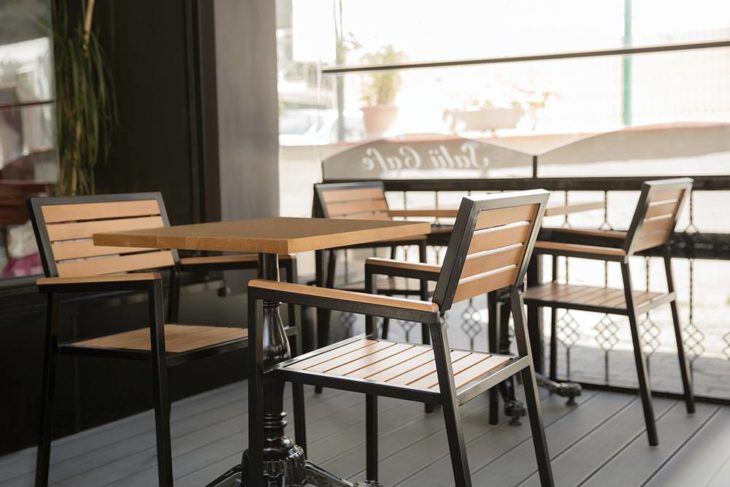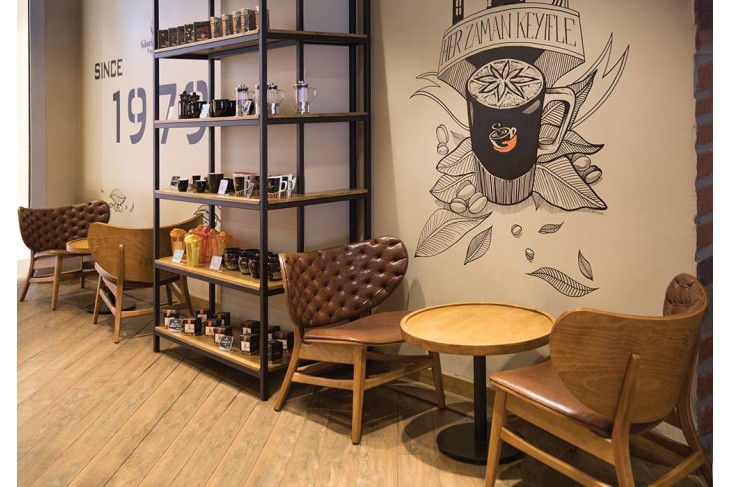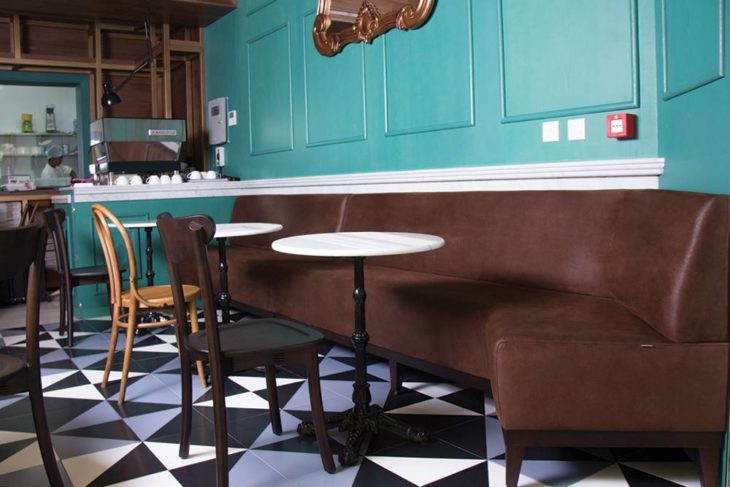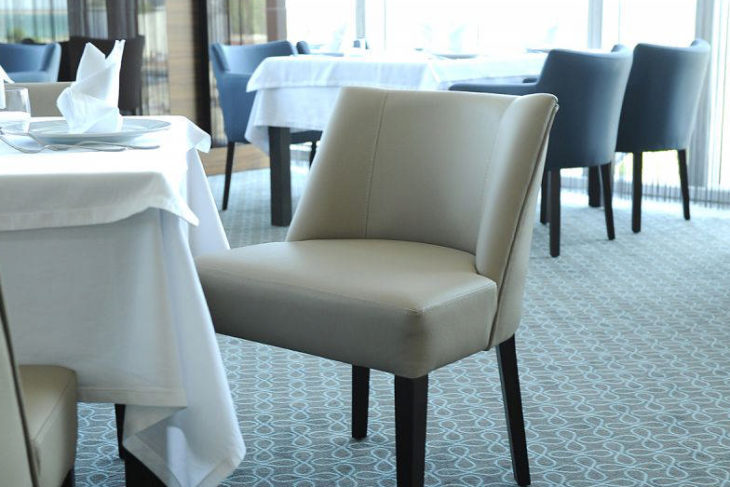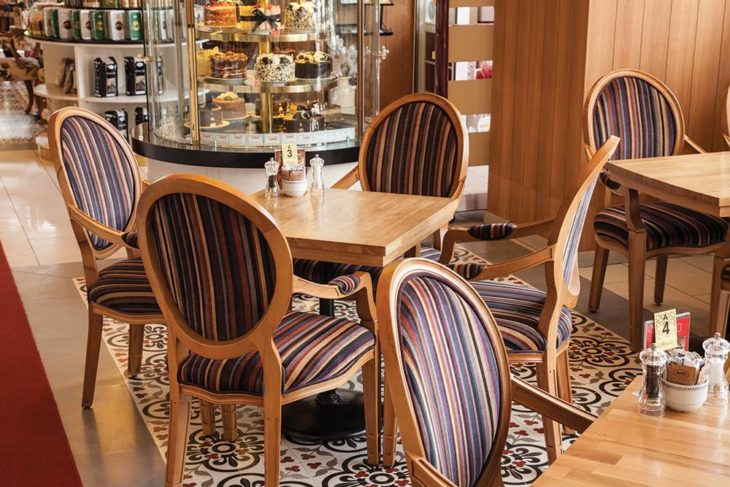
I recently completed a 22 day mission with a local charity working with children with cerebral palsy (CP) in Vietnam. I was asked to join their international team of health care professionals as videographer for a 30 minute documentary our local community TV station approved several months earlier. I recently just began videotaping my speeches to perfect them and thought capturing stories on videos would make me a stronger speaker. Upon our early morning 3 am arrival and a short sleep, we all met in the lunch room as most of us have never met before. After a brief update on our upcoming 2 week mission, our team lead Laverne Bissky asked each of us to give a 3 to 5 minute talk of why we are here, what we expect to accomplish and anything else that comes to mind. I went last as I was filming. This allowed me to listen to everyone’s story first. That’s when I realized, despite our differing backgrounds, we are all equal and together here for 1 cause, that being the children. I came to capture a story but what began to unfold before me were real life examples of leadership lessons. Our first gathering gave me my first lesson.
Lesson #1 – “There is no I in TEAM”
In those introductions, we were also asked to explain what we believe our role or at least what we think our role will be. Most had very simple short descriptors which made it very easy to put the pieces of this mission puzzle together, at least for me as I saw our team unfold and link together before me.
Lesson #2 – “Keep job descriptions simple; like 2 or 3 lines”
In the coming days as we visited different hospitals, met the parents and their children in our revolving workshops on the floor mats in the hospitals, we all started to help each other even in the simplest of ways. As I filmed behind the camera I never saw anyone of our team stay put, simply because that wasn’t in my job description. Everyone contributed whenever needed without being asked. I too, despite holding a running camera, also lent a hand by passing something to our workshop leads. That’s when I fully understood, we aren’t working for ourselves but the kids attending aged anywhere from 9 months to their mid teens.
Lesson #3 – “Don’t limit your contribution to your 2 or 3 line job description”
All the while this was happening, our team lead Laverne, founder, executive director and parent expert never stayed at the head table for long. She didn’t even stay in the limelight either as I caught many profiles videotaping where she was intermixed with the parents, watching and listening from the back, as if she too was there for the informational sessions to take some cerebral palsy knowledge back home with her child.
Lesson #4 – “Leaders aren’t always in the front”
We were in Vietnam and we relied totally on our team of local gen y translators who spoke very good English. Sometimes I heard 1 English word taking many of their words to translate. I was told that many words have no direct translation, so transcription became the norm. I began to realize that the Vietnamese language is not a simple one to learn. In order to connect I relied heavily on making eye contact for several seconds, then smile and even nod. Sometimes I even gestured to show sincerity and friendship. Where appropriate I even relied on a handshake.
Lesson #5 – “Don’t underestimate the power of a smile, eye contact or a handshake”
Once on the street during our breaks and sightseeing, we were obviously the visiting foreigners. Whether passing the shop owners looking to entice us to enter or a street vendor hoping to sell us an albeit simple trinket, I always felt I was being treated with respect and sincerity. It’s the kind of feeling I seldom recall experiencing back home in the west. It didn’t matter whether the item was only a dollar or 50 dollars. It didn’t take me long to feel so special that I just wanted to buy most anything from the vendors.
Lesson #6 – “Make your customer feel special”
Many times throughout our travelling mission workshops from behind the video camera, I would capture Laverne having direct one-on-one discussions with our team members. Sometimes I would capture at a distance so could only observe facial expressions and body language. Other times it was up close and I could hear the discussion. Sometimes it was business about our educational workshop and other times it was shear pleasure about a funny incident that we may have encountered.
Lesson #7 – “Get to know your team members”
As Laverne has spent extended periods in Vietnam before, she had a repertoire of cool sights for us to see. When a transition or break was in order, we did some sightseeing either in the evening or while travelling to our next destination. During our travelling, we stopped for breaks at roadside markets to try some local fruit or snack. That gave us a chance to get to know each other better on a social basis, since most of us have just met here on this mission for the first time. We even took turns picking a restaurant each evening to eat at. For better or worse, even if one didn’t work out, we still took it in good humor and used the incident to build a good team relationship.
Lesson #8 – “Leader aren’t afraid to throw in some fun”
Planning this mission was done by Laverne and probably 1+ year in advance. The ease and smoothness at which our 22 day mission ran was remarkable, in my observation. I doubt Laverne, the sole organizer would totally agree that it just came together on its own. Planning the logistics for a group of 14, travelling from 13 time zones away, 5 cities, 5 hotels, team members from 3 other countries, numerous cabs, chartered coach, flying, visiting an orphanage and several social stops to visit local friends made from past missions, is no small feat. No doubt, having such a close relationship with ones’ own planning, one can’t help but feel it is perfect and can’t be optimized or tweaked. But last minute adjustments had to be made, at no great loss either to the benefit of the mission as a whole or to accommodate individual team members.
Lesson #9 – “Plans are just plans – Allow your team member to adjust their scope”
Most days we had a quick 30 minute debrief meeting of the days workshop activities. These would usually be back at our hotel where we stayed. We would all meet in the breakfast room which was quiet as we had it all to ourselves, order a drink or snack then each take 2-3 minutes to give our observations of the days progress, good, bad, lessons learned or otherwise. Some days Laverne would chair but several times Terry (the other Terry) would chair these debrief meetings. This would give Laverne a chance to not only listen but also focus more on the overall mission content, strategy, execution and progress.
Lesson #10 – “Good leaders don’t lead alone”
With Laverne having many things to execute and follow, she didn’t always lead our daily round table of “lessons learned” and “what worked and what didn’t”. That’s where others of our team also pitched in. This gave others a chance to “drive the bus”. You wouldn’t want the same person do all the leading, as they also need a “seat in the audience” to reflect on the day, and ask questions. I think it also encourages the rest of the team to sometimes act as if they lead. Actually, when our group sessions broke out into groups, they did lead their own groups.
Lesson #11 – “Good leaders are good followers also”
Part of our hospital workshop program was breaking up into groups of 3 or 4 and visiting a home where there resided a child with cerebral palsy. We would spend about an hour with the family and through the use of an interpreter, we would ask the family what challenges they had administering the special care their child required. Each group had 1 heath care expert who would observe whether any special aids or exercises would help the child. Sometimes we could only get into these places by each riding on the back of a motorbike as the rural streets were sometimes concrete paths only 6 feet wide. Being March meant day temperatures in the mid to high 30’s centigrade. On one such home visit one of our health experts spotted a small quaint cafe large enough to accommodate all of us and said, “Let’s have our debrief here over a cool drink.” As he proceeded, more of us began to follow. It was actually a very good idea because we still had a 1 hour bus ride back to our hotel and by then, much of what each group observed in their home visit may not have come out in our hotel debrief, most of us succumbing to fatigue of a long day and the heat.
Lesson #12 – “If a team member has an idea to execute, let them run with it”
Sometimes, ideas on the spur of the moment are good, as one can see what is transpiring and what may need to be done or implemented. It also gives your entire team a chance to mold and shape you project. If it doesn’t fully work out, it will still be good to note that and why, at your daily recap of “lessons learned”. Many ideas may be first-born and need to be tested somewhere and sometime. There is no better a time than the present.
I came to capture a story and learn about videography. I leave having the best seat in the house to observe first hand leadership lessons. For me, this trip to Vietnam was definitely no ordinary journey.
You should also watch my short video tribute to our team and our amazing experience – Vietnam is No Ordinary Journey
